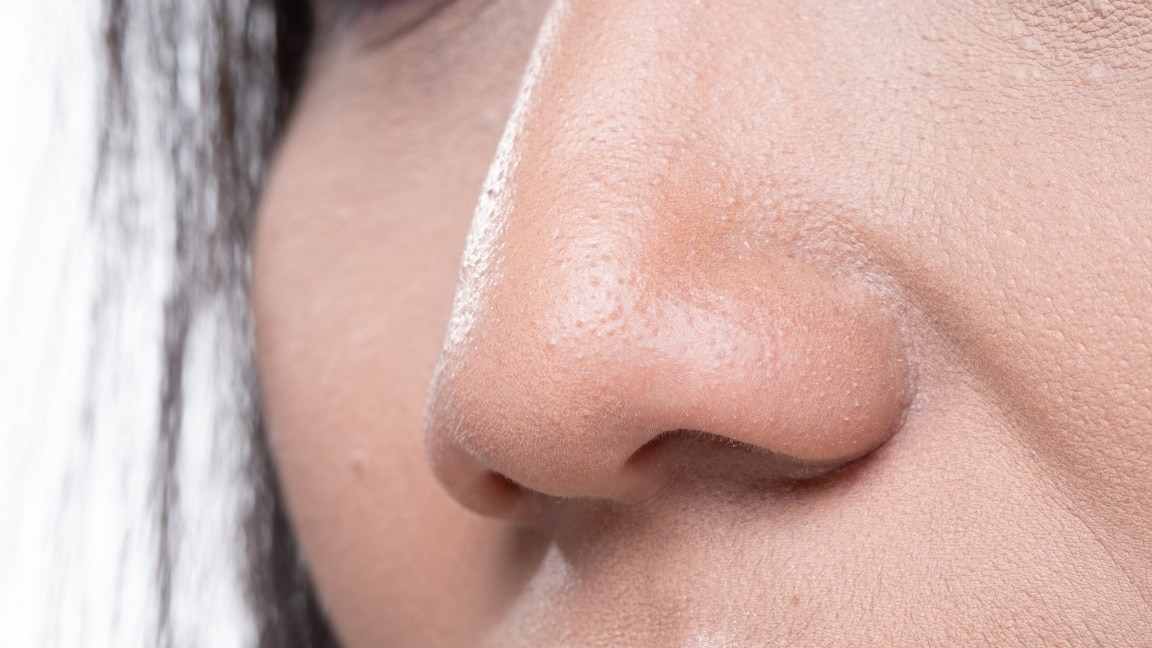- 01 Understanding Redness Around the Nose
- 02 Redness Around The Nose: Possible Causes
- 03 How to Get Rid of Redness Around Noses?
- 04 Daily Skincare Routine to Prevent Redness Around The Nose
- 05 Lifestyle Changes to Minimize Redness Around The Nose
- 06 Common Mistakes to Avoid When Treating Redness
- 07 When to Seek Professional Help for Persistent Redness
Little red noses might make for a cute winter selfie, but they can be annoying to deal with in reality. There are a number of reasons why the skin around your nose could turn red — seasonal dryness, an existing condition such as rosacea, active breakouts, skin allergies, a shift in temperature or plain old irritation. Yes, the redness around your nose can be caused by one or more of these underlying factors and should not be left untreated.
01Understanding Redness Around the Nose
The redness can lead to flakiness and have you touching your face a couple of times in under a minute. And isn't that just so annoying (not to forget unhygienic post the pandemic)? And while issues such as rosacea and acne should be left to the professionals to treat, we have a few solutions to help deal with the milder version. It's crucial to remember that redness around the nose isn't a one-size-fits-all issue. It's important to look out for specific features of the redness to better understand its potential cause. Is it always there, or does it come and go? Is the skin around it also dry, bumpy, or itchy? Noting these characteristics can be invaluable when speaking with a healthcare professional. Moreover, managing redness around the nose requires patience and consistency. By understanding the potential causes, incorporating a gentle skincare regime, and consulting with a professional when needed, you can easily address this issue and achieve a clearer, more even skin tone.
02Redness Around The Nose: Possible Causes
Here are some possible culprits that could cause redness around the nose:
- Rosacea: This common skin issue results in persistent redness, visible blood vessels, and sometimes bumps. If you suspect rosacea, it's advisable to consult a dermatologist for a personalized treatment plan.
- Acne: Pimples around the nose are possible due to the area's oil production.
- Skin Irritation: This could result from rubbing, harsh products, or even frequent nose-blowing during a cold or fever.
- Windburn: Exposure to harsh environmental conditions like severe cold winds can leave your complexion red and irritated.
- Seborrheic Dermatitis: This form of eczema results in redness and flaking, particularly in the creases of the nose.
- Allergic Reactions: Contact dermatitis from a new beauty or skincare product, detergent, or even airborne allergens can appear as redness around the nose.
- Systemic Conditions: In some cases, persistent facial redness can be a symptom of an underlying medical condition. This is why persistent or unexplained redness calls for a dermatologist's visit.
- Medications: Certain medications can increase sun sensitivity, making your complexion more prone to redness.
03How to Get Rid of Redness Around Noses?
If you have ever wondered how to reduce redness around nose, you're in the right place. Here are some easy ways to minimize the redness around your nose. Bookmark this expert-approved guide and thank us later!
1. Use a non-comedogenic moisturiser to deal with the dryness:
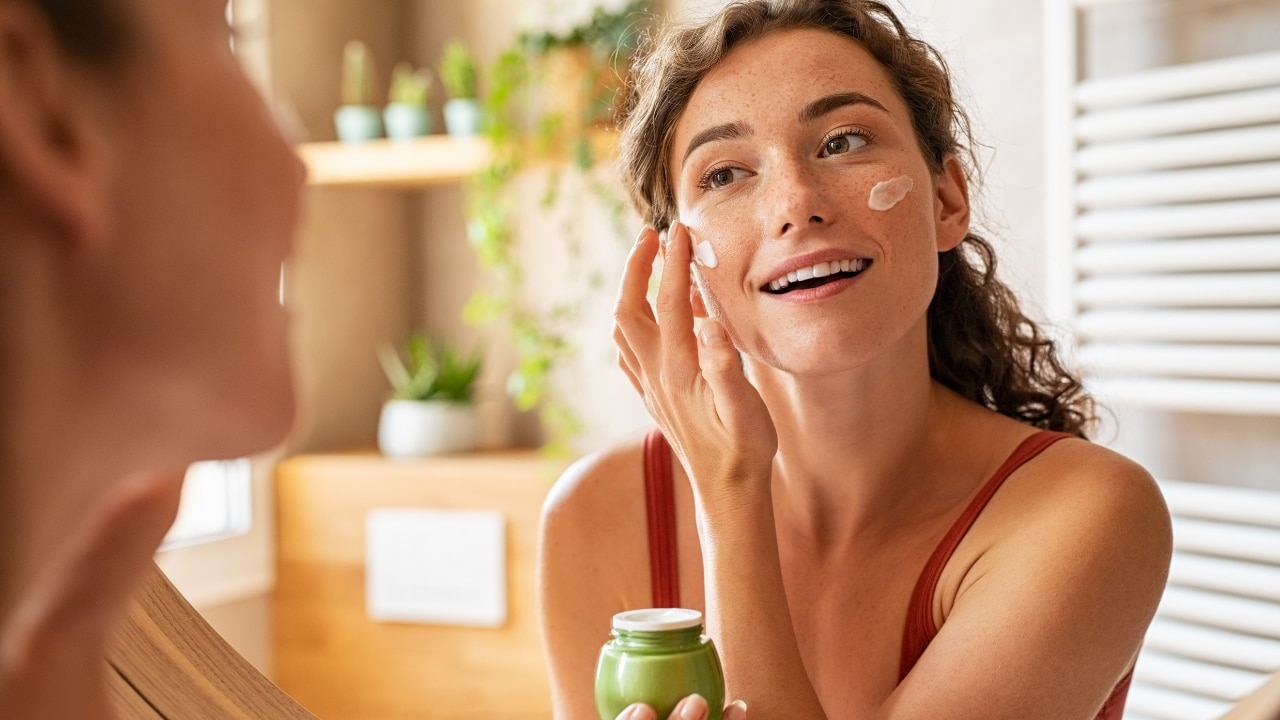
Often, seasonal dryness can affect specific parts of your face more than others. If issues like winter dryness, windburn or sunburn are causing irritation around your nose, use a non-comedogenic and hypoallergenic thick moisturiser to help deal with it. A soothing formula like the Simple Kind To Skin Replenishing Rich Moisturiser or the Simple Protecting Light Moisturiser will help manage the redness better without clogging the pores and causing blackheads.
2. Check your skincare staples for irritants:
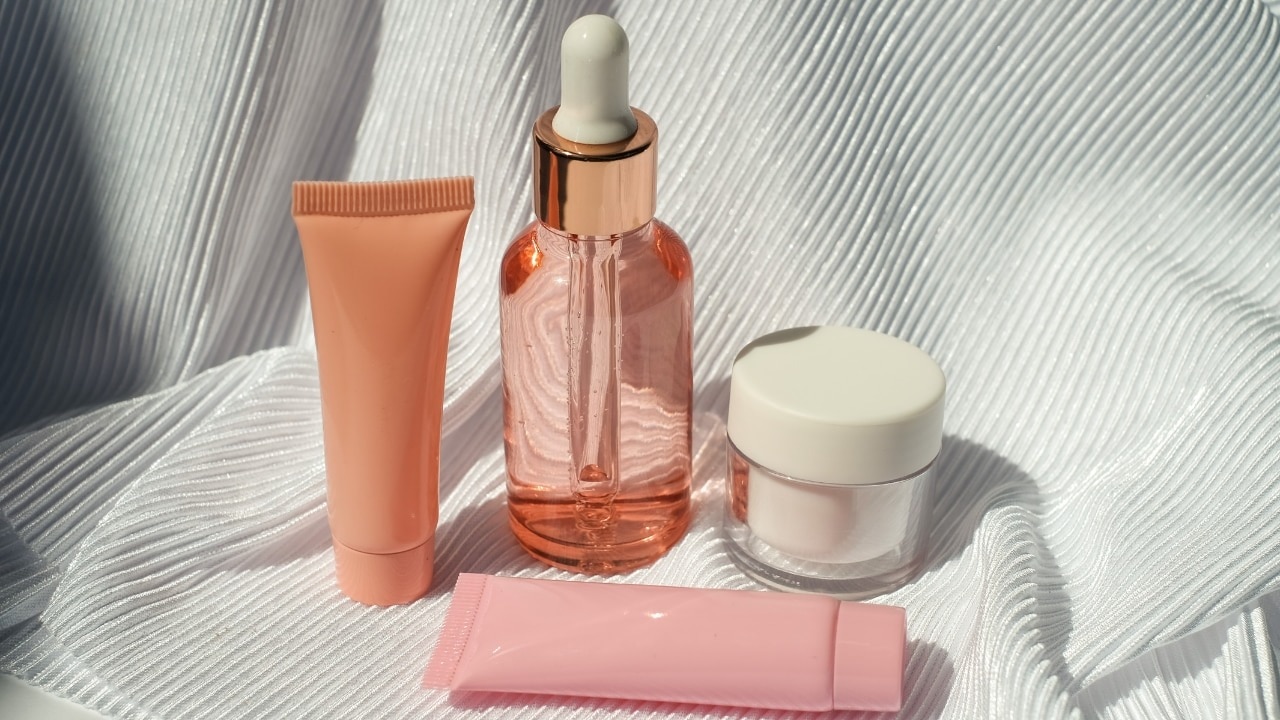
If the skin around your nose is prone to irritation, you might need to cut out certain ingredients and products from your skincare routine to curb the redness. Additives like alcohol, artificial fragrance and dyes and rough fabric wipes can be making matters worse.
3. Keep a mist handy to quick fix inflammation:
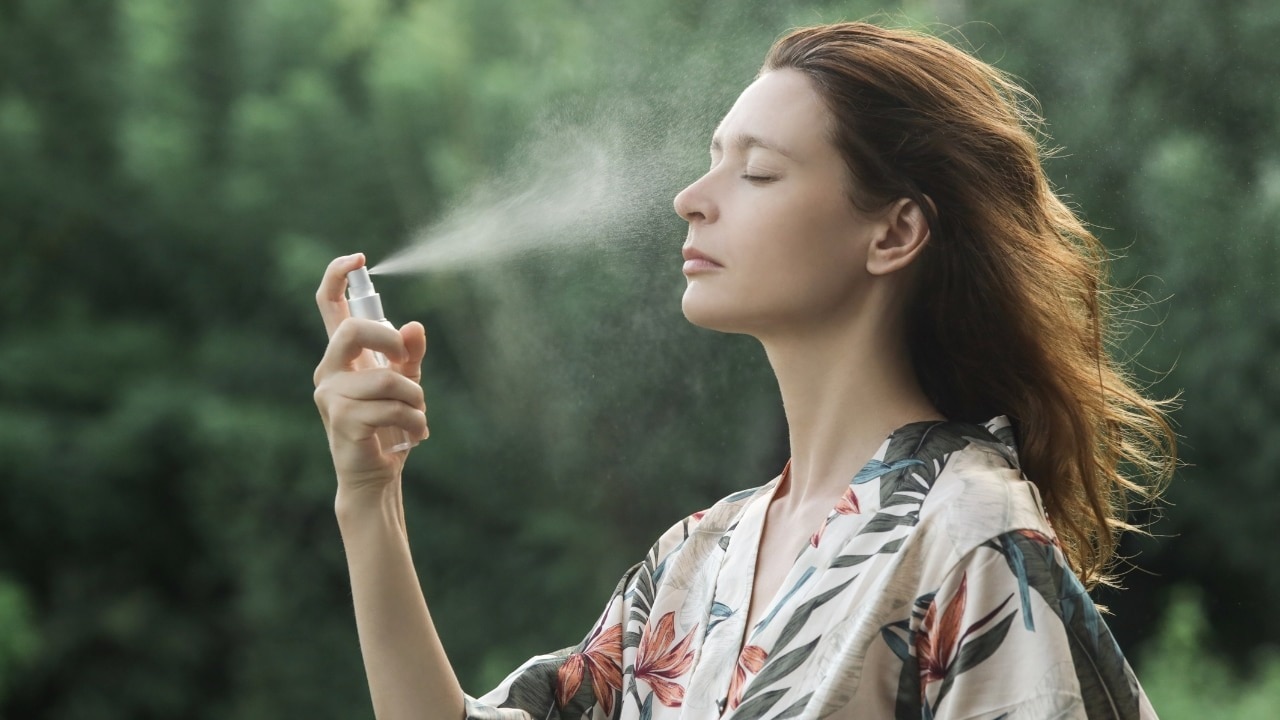
If a topical moisturiser is not enough to keep irritation and dryness in check, keep a soothing face mist handy. Pick a super hydrating formula like the Dermalogica Ultracalming Mist Toner; it can be used to keep flare-ups during the day in check with a quick spritz!
4. Use a humidifier on super dry days:
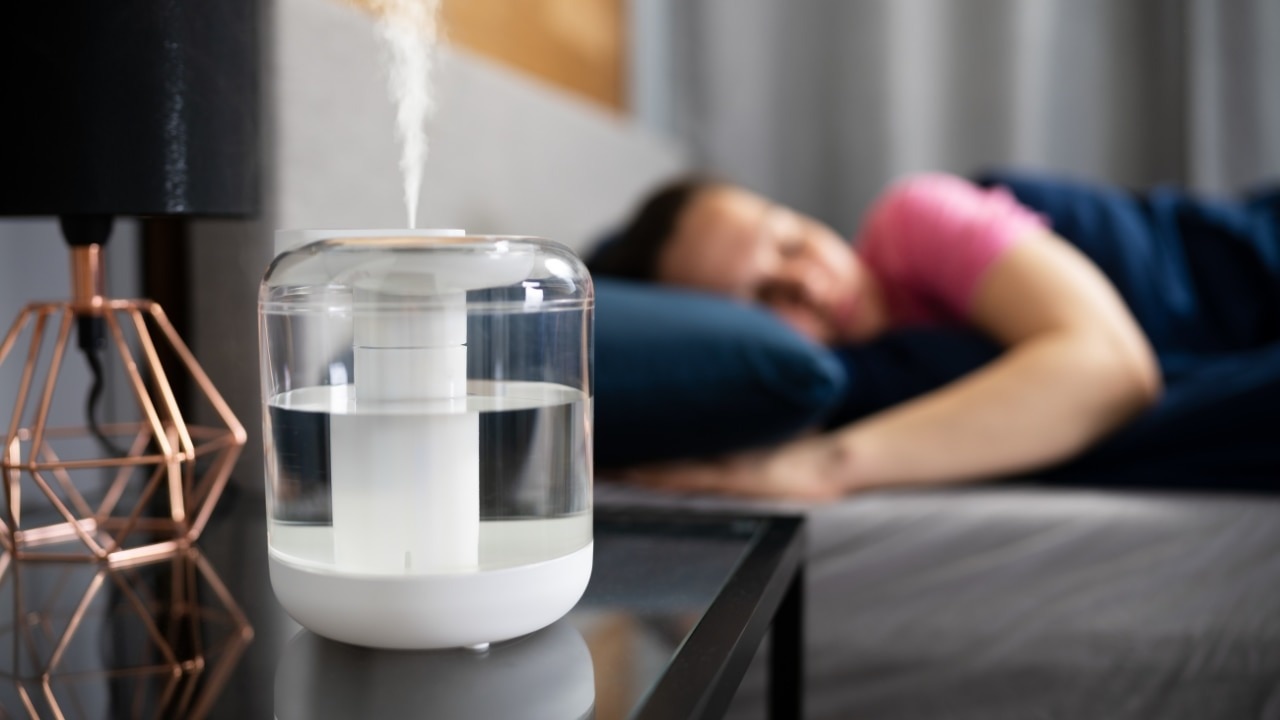
Some days, even the most potent moisturiser or mists cannot deal with the dryness in the air. If the skin around your nose starts to feel red and irritated, use a humidifier in the space that you are sitting in. Add a couple of drops of soothing essential oils like lavender or chamomile in the humidifier to lend a helping hand.
5. When in doubt, reach for the petroleum jelly:
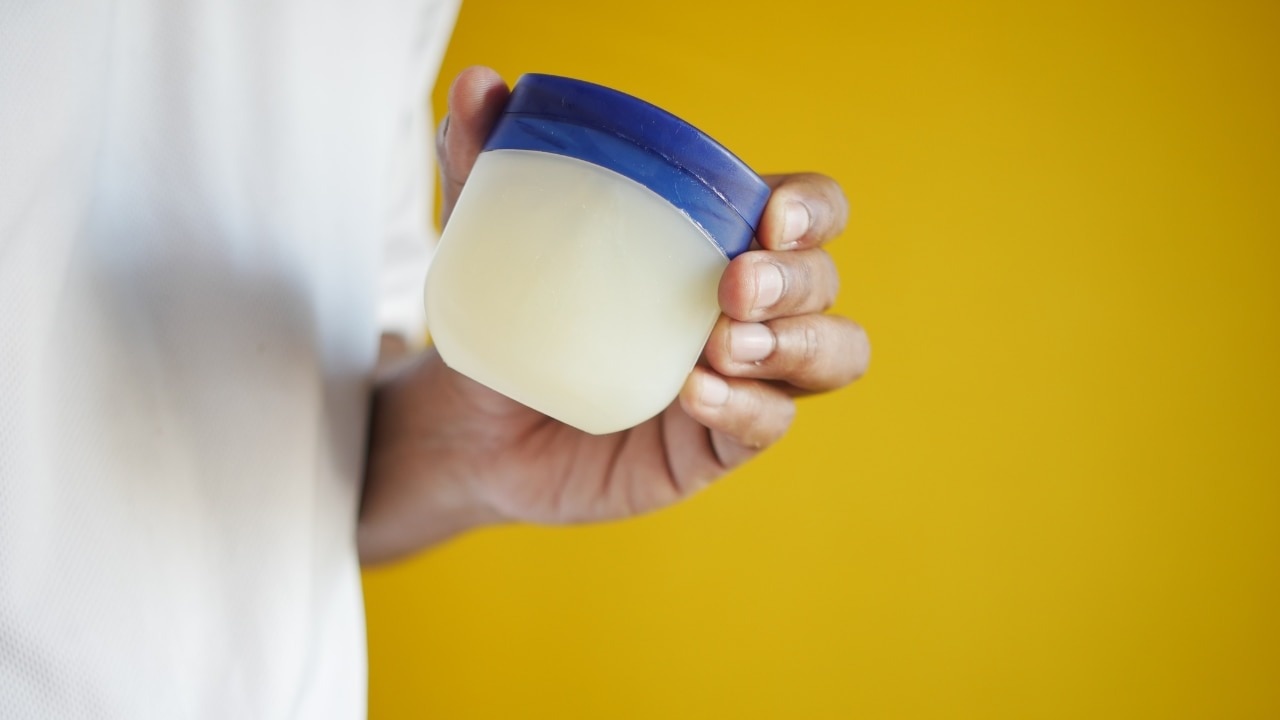
A little dab of the Vaseline Original Pure Skin Jelly on the red and affected area around the nose can not only help hydrate it but also protect it from the cold or dry condition outside. A practice that has earned the colloquial term of 'slugging' can really help alleviate the underlying moisture-lacking issue to minimise the redness.
6. Use a topical treatment:
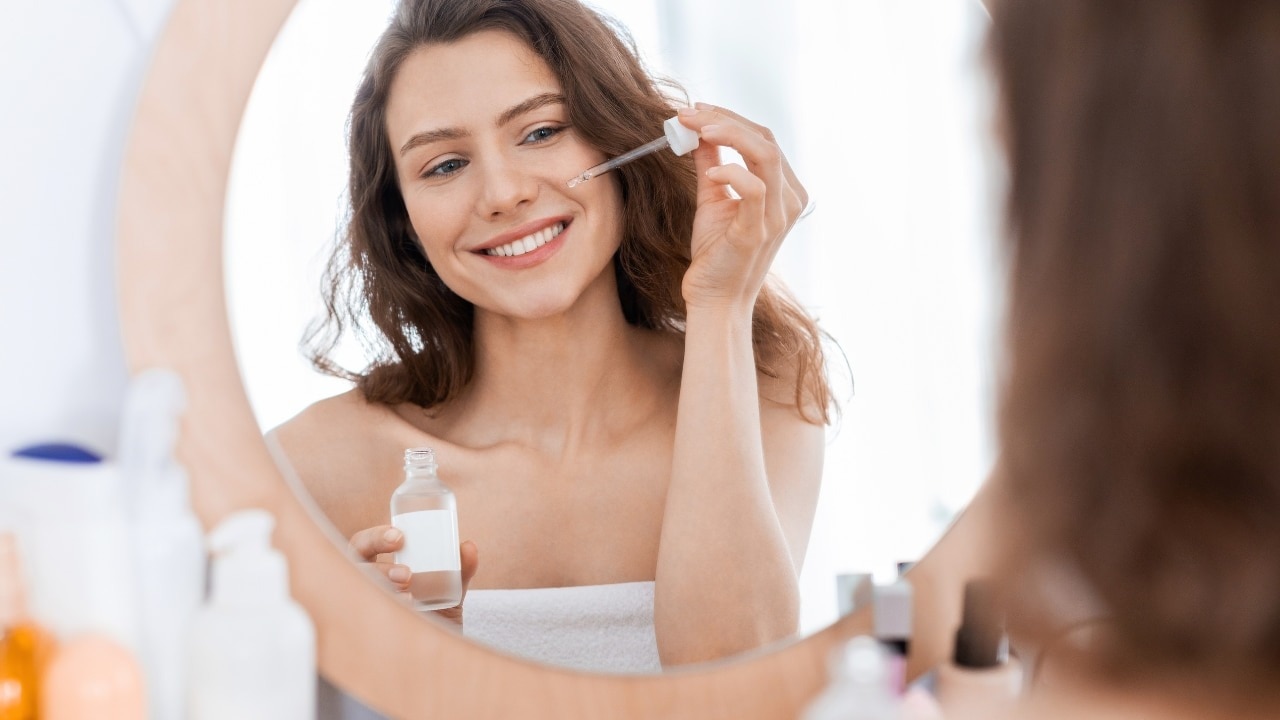
For redness caused by perioral dermatitis, topical antibiotics can help control flare-ups. Antifungal treatments may be recommended if the redness is due to a fungal infection. Low-potency steroids, under professional guidance, can be used for inflammatory skin conditions like rosacea.
7. Use an LED light treatment:
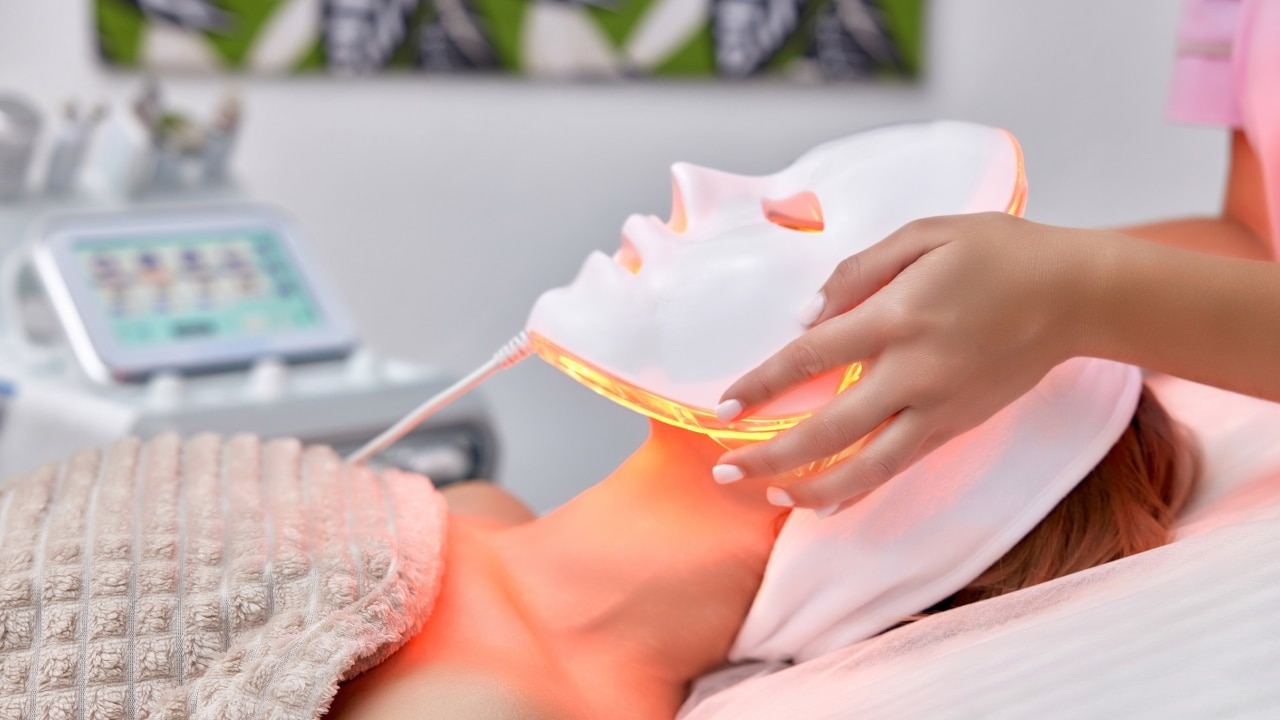
LED light therapy (especially red and blue light) can reduce inflammation and promote healing in sensitive skin. Consult a dermatologist or licensed professional for effective treatment plans. Regular sessions can help manage chronic redness conditions like rosacea.
04Daily Skincare Routine to Prevent Redness Around The Nose
Effective management of redness can be done by establishing a consistent skincare regime. Combating redness around the nose requires a comprehensive plan that merges gentle skin care practices, targeted treatments, and lifestyle adjustments. This includes:
1. Gentle skin care is important:
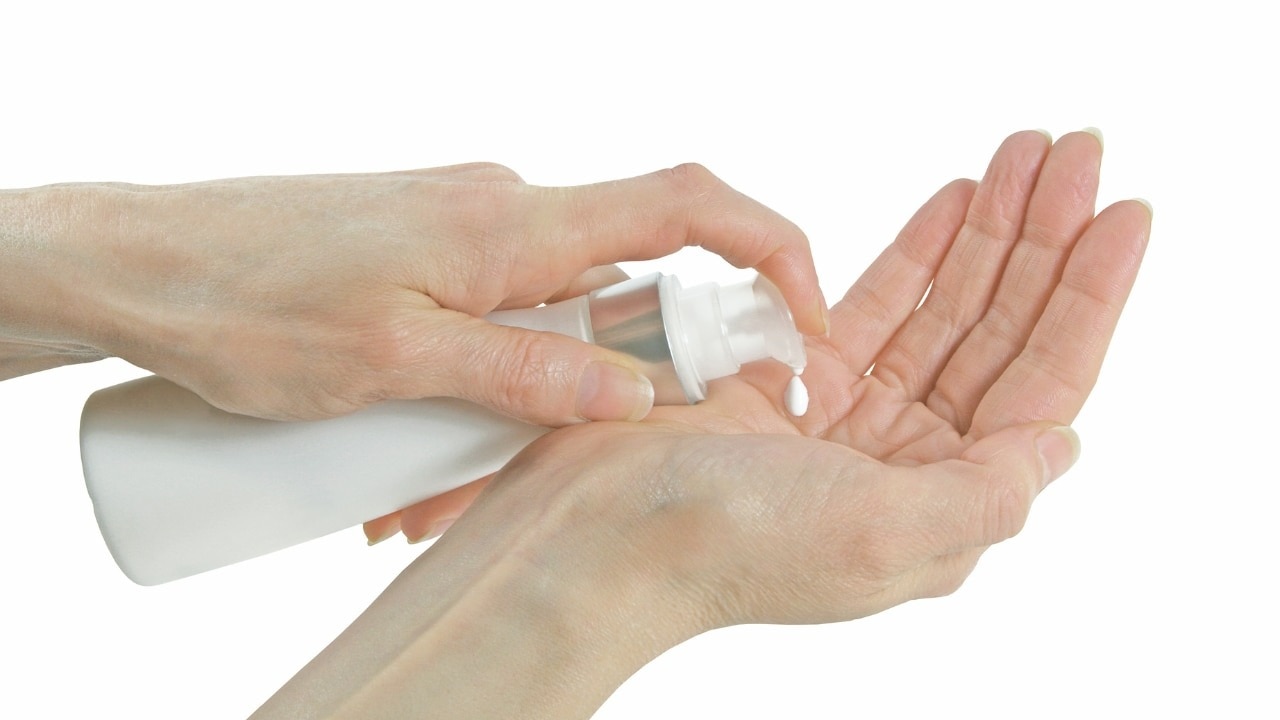
Do not make the mistake of using harsh cleansers, scrubs, and exfoliants, which further irritate your complexion. Choose fragrance-free, hypoallergenic products conceptualized for sensitive skin.
2. Moisturize carefully:
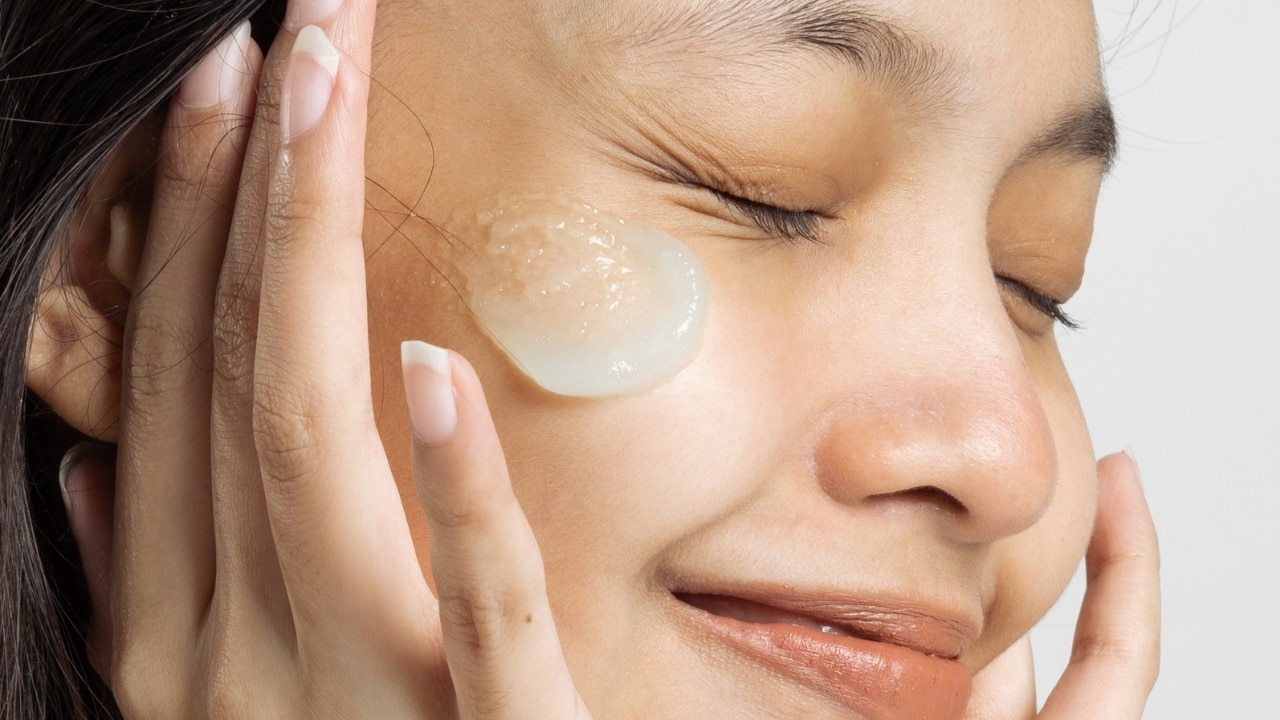
Hydration is paramount. Apply a non-comedogenic to damp skin after cleansing to lock in moisture.
3. Sun protection is a must:

Shield your skin from harmful UV rays by applying a broad-spectrum sunscreen with an SPF of 30 or higher daily, even on cloudy days.
05Lifestyle Changes to Minimize Redness Around The Nose
Incorporating these lifestyle changes to your daily routine will have a positive benefit on your skin. 1. Diet : While not a direct cause of redness, a healthy diet rich in antioxidants improves overall skin health. 2. Stress management : Stress worsens some skin issues such as redness around the nose. Practicing stress-reducing techniques such as yoga or meditation will help manage stress better. 3. Hydrate, hydrate, hydrate: Drinking lots of water is essential for maintaining a healthy complexion and overall health and wellbeing.
06Common Mistakes to Avoid When Treating Redness
1. Overusing Harsh Products – Avoid strong exfoliants or alcohol-based toners, as they can irritate and worsen redness. 2. Skipping Moisturiser – Even if your skin feels oily, always hydrate; dryness can exacerbate redness. 3. Ignoring SPF – UV exposure can trigger or worsen redness, so always apply a broad-spectrum sunscreen. 4. Scrubbing Too Hard – Rubbing your skin aggressively can increase irritation. Be gentle during cleansing. 5. Using Hot Water – Hot water can strip the skin of its natural oils, leading to increased inflammation and redness. Always use lukewarm water.
07When to Seek Professional Help for Persistent Redness
Persistent redness can sometimes signal an underlying condition that requires professional care. Here are a few signs it's time to consult a dermatologist: 1. No Improvement with Skincare – If redness doesn't fade despite using gentle, targeted treatments, it may require a professional diagnosis. 2. Worsening or Spreading – If the redness intensifies or spreads to other areas, it could indicate a skin condition like rosacea or eczema. 3. Accompanied by Pain or Swelling – Redness combined with discomfort, swelling, or warmth may signal inflammation that needs medical attention. 4. Visible Blood Vessels – If you notice broken capillaries or visible veins, it's time to get expert advice. 5. Frequent Flare-Ups – If redness comes and goes frequently or lasts for extended periods, it could be a sign of an underlying issue requiring treatment.
Redness around the nose can be a tough issue, but with a careful strategy, it's often manageable. Identifying the underlying cause is the first step towards effective treatment. A carefully curated skincare routine, lifestyle changes, and professional guidance from a professional can help you achieve a clearer, healthier-looking complexion. However, if the redness around your nose persists or worsens, it's advisable to speak with a dermatologist or skincare expert. They will provide you a customized treatment plan and answer any questions or concerns you may have.

